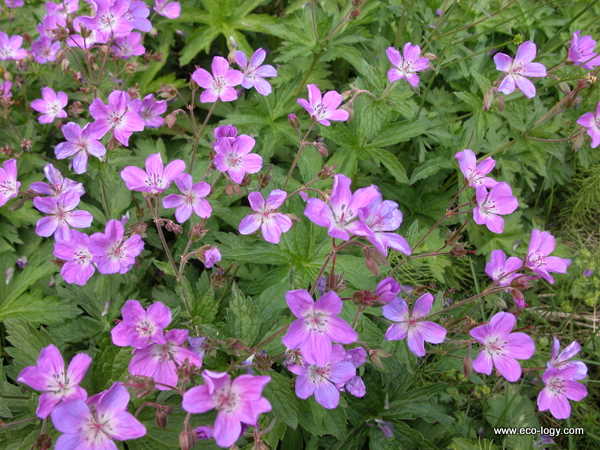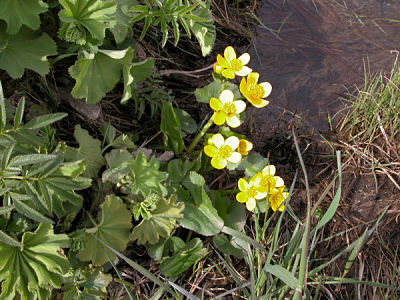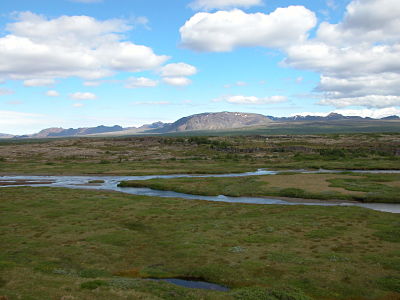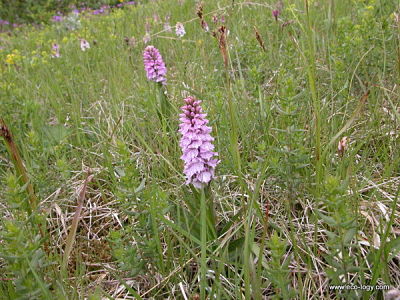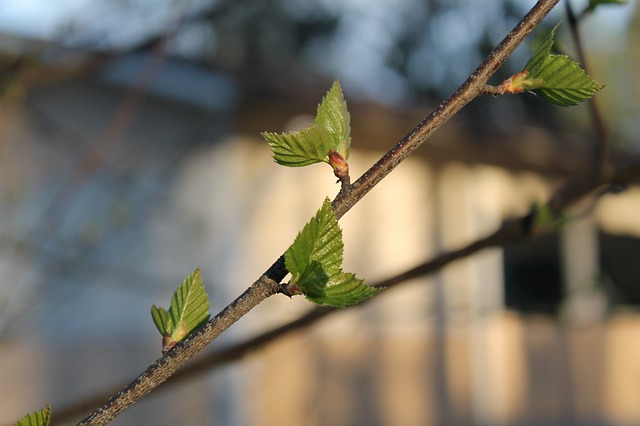Will food from plants save the small planet?
Cultivation of plants is needed as the main basis for producing more food for a growing human population. Careful planting and crop protection must be followed by the careful transport of the product to the market. Research is often needed to cultivate improved varieties to provide more nutritious seeds, leaves and tubers. Beans are good examples of food consumed by man. These legumes provide a significant amount of much needed protein for humanity, while most other plants provide less protein. Cereals also differ in their protein content, some providing more protein than others.
Where ever plants are grown to supply food on a large scale, the plants must be suited to the stresses of the particular environment as well as seasonal changes. The improvement of plant product quality, such as protein content and of yield must go hand in hand for optimal production. Nowadays, many breeders are trying to increase the ability of plants to fix more nitrogen. This may be achieved though various strategies of plant breeding and could reduce the requirement for farmers to use artificial fertilizers for their fields.
The goal of plant breeding is to select plants with desired characteristic and make seeds and other plant material available to farmers, growers and planters to use on a large scale. The genetics behind plant breeding are, however, often complicated and even with the help of modern genetic engineering require extensive testing for a better crop plant material to be supplied to farmers.
While the most arable land around the world continues to supply most of the food needed for humanity, people in many countries still need to rely heavily on food crops produced in their own countries. Cultivating food crops in the expanding semi-arid and arid regions of the world remains one of the greatest challenges facing humanity.
Fáðu nýjustu fréttir og tilboð frá Þund!
Get updates and special offers from Thund!
